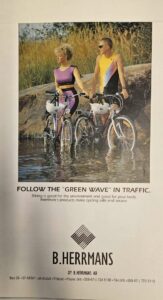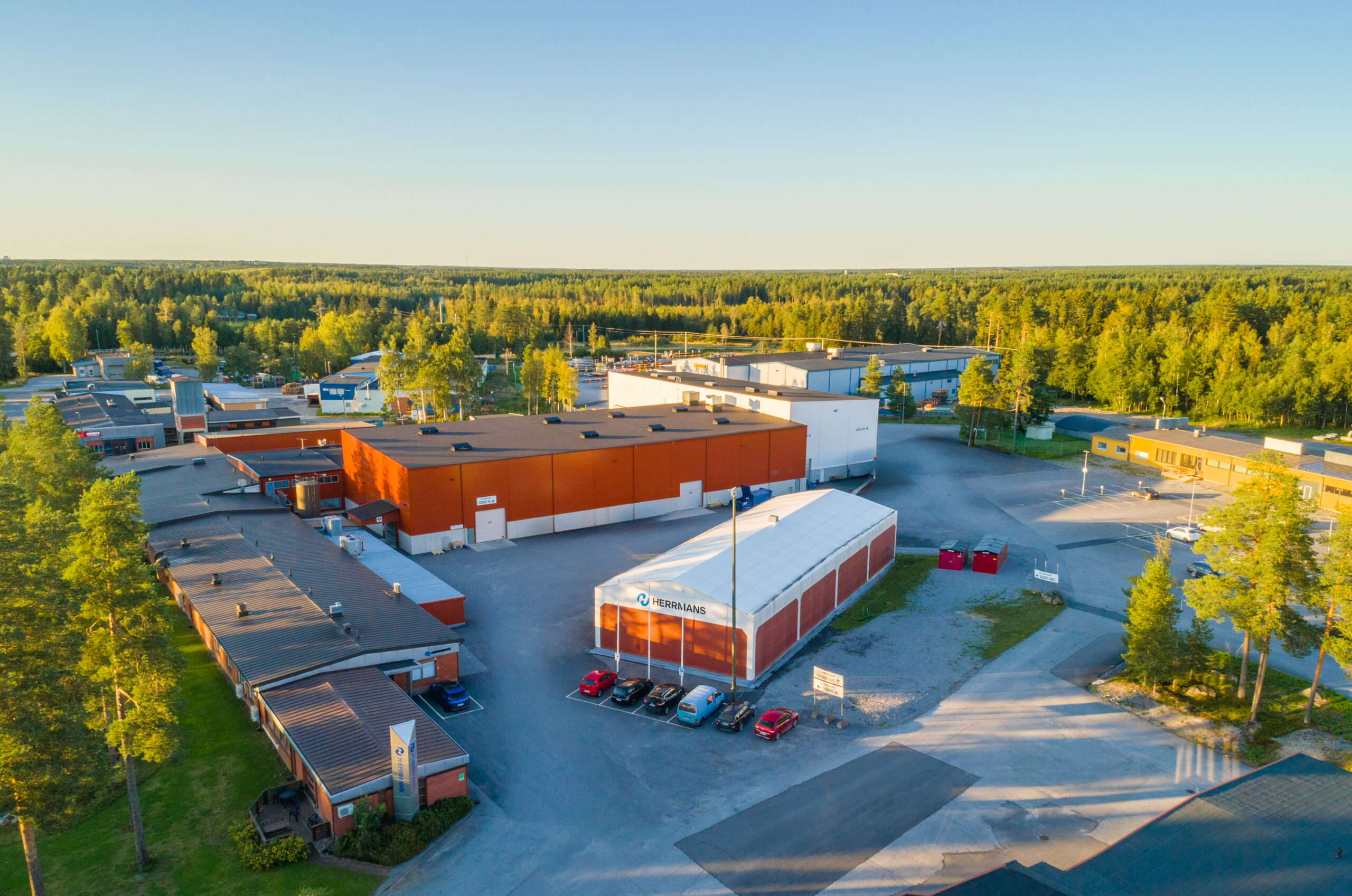 Herrmans Bike Components – A conscious forerunner from the very start
Herrmans Bike Components – A conscious forerunner from the very start
A company springing form the Finnish cold and dark – it all started with a seemingly crazy idea in 1959 when our founder Bernhard Herrmans got his hands on a small extruder and decided to start manufacturing rim tapes in his kitchen.
Herrmans Bike Components is a 65-year-old company, still operating from Sandsund in Ostrobothnia, a small town about 4 hours north of Helsinki by train.
“But why on earth would someone set up a factory of bike components in the middle of nowhere in Finland?” you might think looking at this image. Well, it will make more sense if you keep reading and learn more about Ostrobothnians and how Herrmans happened.
Herrmans’ story depicts the typical Ostrobothnian mindset on the Finnish west coast – resourceful people convinced they know how to do things themselves. A touch of Finnish “sisu” – that grit that makes you believe that you can, and you will.
Ostrobothnians are explorers, too. We live in a small, safe and green corner of the world, but being close to the sea has given us a dose of wanderlust and brought influences from faraway places. The love for our nature, and a sense of responsibility for the environment is deeply ingrained in most Finns – which in Herrmans’ case manifests in a strong company culture of sustainability and wanting to find new ways of being more resource efficient.
This mindset describes the Finnish, and especially Ostrobothnian way of doing business very well. Dare to try, don’t be afraid of doing the tough work, and remember that it is headwind that makes your kite fly. So, a bicycle component factory in a scenic forest landscape, serving big bike brands worldwide, makes perfect sense when you consider the context.
Our founder Bernhard Herrmans was just this kind of person, and step by step his production grew out of the kitchen. As the visionary he was, he made sure the production was later automated, and he turned the rim tape into the bestseller it still is today.
Part by part, more bicycle components were added to the budding company’s portfolio. It was not a straight line to success though – different product alternatives were tested and some discarded, just as it often is when a company finds its path.

Grip 1 – Herrmans’ very first go at making grips, in the portfolio until 2024!
The first handlebar grip was introduced in 1969 with Grip 1
– a product that has been in our portfolio for a very long time, only now in 2024 it will reach the end of its life cycle! As you see we are not about quick fixes, we designed and planned our product for long-term use already then. The company kept growing, and reflectors, safety wings and guards came along in the end of the 70s and beginning of the 80s, always aiming to keep cyclists safe and comfortable.
LED light pioneers
A major step ahead came in 1989 when Herrmans introduced the very first LED-based bicycle rear light. Today LED lights are the standard, but back then it was another leap of faith, following a new path. The LED rear light was a big success, and many other models have followed suit!
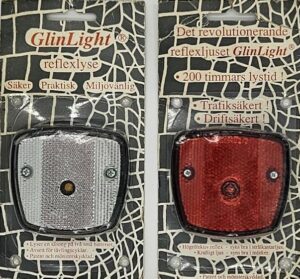
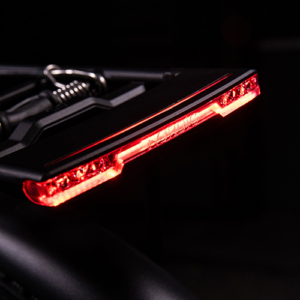
How our LED light story started… GlinLight launched in 1989 …and how its going 😉 Nordic Carrier Plus launched in 2024
Fast forward to current days
Today Herrmans is a company that serves most of the major bicycle brands with state of the art bike components, with a growing after market range. With subsidiaries in Germany and Taiwan, we focus on close partnerships with our customers, growing and future-proofing their and our own business.
Today the future focus is on automation, research on new materials, new production techniques and product design. Creating value for money, but always considering what is right for the environment.
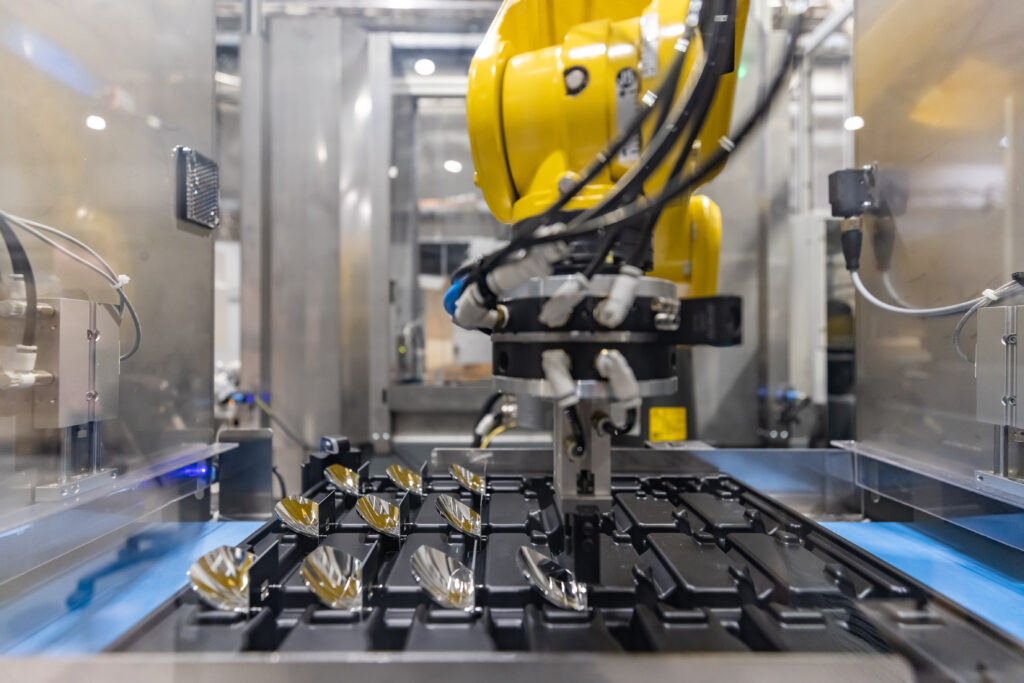
More and more of our products are made of recycled plastic, and in 2023 we released the Nucore grip series, an important milestone in our continuous research. The Nucore grips are made with biobased plastic, decreasing our dependence on fossil based materials. You can read more about Nucore here: www.herrmans.eu/nucore

This gem from our archives shows the green thread in Herrmans story
Two fundamentals of our current strategy – being safe and sustainable – can be traced back even to 1991 (just in other words, with different outfits and hairstyles 😉)
